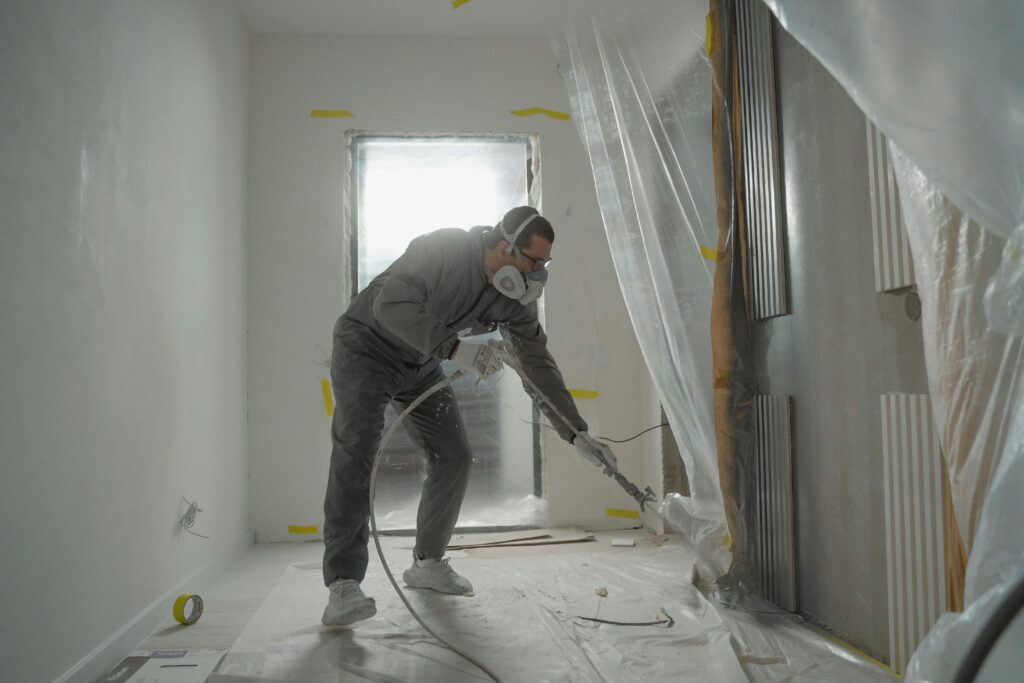Understanding Mold: Types and Growth Conditions
Mold is a type of fungus that thrives in damp, warm environments. Understanding the various types of mold, such as black mold, green mold, and white mold, is essential for homeowners to identify potential threats in their living spaces. Each type of mold can have different health implications, making it crucial to recognize them early.
Mold growth is often fueled by moisture and can be found in areas like bathrooms, kitchens, and basements. Factors such as humidity levels, water leaks, and poor ventilation contribute to mold proliferation. By being aware of these conditions, homeowners can take proactive measures to prevent mold growth in their homes.
Symptoms of Mold Exposure: What to Look For
Exposure to mold can lead to a range of health issues, particularly for individuals with respiratory conditions, allergies, or weakened immune systems. Common symptoms include coughing, sneezing, skin irritation, and respiratory difficulties. Recognizing these symptoms early can help individuals seek timely medical attention and mitigate further health risks.
In some cases, prolonged exposure to mold can lead to more severe health problems, such as asthma attacks or chronic bronchitis. If you or your family members experience these symptoms, especially after spending time in damp areas of your home, it is essential to consult a healthcare professional and consider mold remediation services.
Preventing Mold Growth: Essential Tips for Homeowners
Preventing mold growth in your home involves a combination of proper maintenance and environmental control. Keeping humidity levels below 50%, using exhaust fans in moisture-prone areas, and promptly addressing water leaks are key strategies to inhibit mold development. Regularly inspecting your home for signs of water damage can also help catch potential issues before they escalate.
In addition to these preventive measures, using mold-resistant products during home renovations can provide an extra layer of protection. Products such as mold-resistant drywall and paints can significantly reduce the risk of mold growth, particularly in areas prone to moisture. Implementing these strategies can help maintain a healthy living environment for you and your family.
Professional Mold Remediation: When to Call Experts
While homeowners can take steps to prevent mold, there are times when professional intervention is necessary. If mold covers a large area, exceeds 10 square feet, or if there are underlying moisture issues that are difficult to address, it is advisable to contact a mold remediation expert. Professionals have the training and equipment to safely remove mold and restore your home.
Additionally, remediation specialists can conduct thorough inspections and testing to identify hidden mold and moisture sources that homeowners might overlook. By employing advanced techniques and tools, they can ensure comprehensive mold removal and help prevent future outbreaks, providing peace of mind for families concerned about mold-related health risks.

